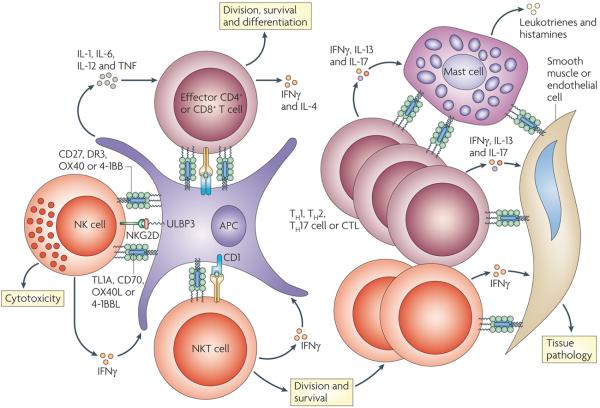Figure 3. TNF–TNFR family interactions regulate many cell types of amplify inflammation.
Effector T cells receive signals for division, survival and cytokine production following the activation of the tumour necrosis factor receptors (TNFRs) OX40, 4-1BB, CD27 and death receptor 3 (DR3) by their ligands. In addition, natural killer (NK) and NKT cells can also receive signals through TNFRs that amplify division, survival and cytokine production. The initiation of inflammatory responses can involve cooperation between NK and NKT cells with effector T cells, which might occur directly or indirectly through antigen-presenting cells (APCs). Feedback mechanisms can occur through NK- or NKT-cell-derived interferon-γ (IFNγ), which enhances APC activation in many ways, including promoting the expression of TNF ligands. In addition, activated mast cells can express many ligands, including OX40 ligand (OX40L) and 4-1BBL, which can co-stimulate effector T cells and NKT cells. The production of pro-inflammatory cytokines, such as IFNγ, interleukin-13 (IL-13) and IL-17, by T cells also can promote the expression of one or several TNF ligands on tissue cells such as endothelial, epithelial and smooth muscle cells. Through additional bidirectional signals with effector T cells, NK cells or NKT cells, these interactions probably further amplify tissue pathology, for example, by inducing the production of additional pro-inflammatory mediators such as leukotrienes and histamine. CTL, cytotoxic T cell; NKG2D, NK group 2, member D; TH, T helper; ULBP3, cytomegalovirus UL16-binding protein.

